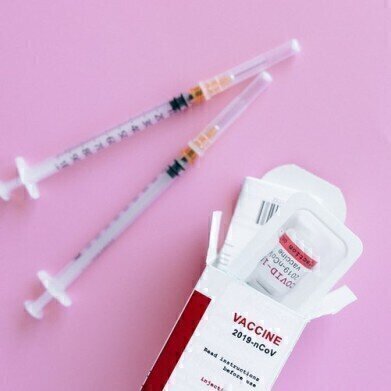Flash
How Does Flash Column Chromatography Work?
Nov 13 2020
To the public, chromatography is one of those complicated techniques that requires robotic looking machines and a computer to control it all. Crime dramas like Silent Witness and CSI bring a little bit of analytical chemistry and pharmacology into the living room, helping to create the mystique around the science of separation. But chromatography is quite simple when it is broken down.
In fact, most school children know about chromatography and how simple it is. A beaker of water, filter paper and a black ink pen are all that is needed to demonstrate the power and simplicity of chromatography. But like many things from school it is forgotten as soon as the bell rings for the final time. Sure, it can get complicated, but sometimes the power of chromatography just needs a column, some silica, and a few solvents to make the magic happen.
Separating samples
Chromatography relies on a relatively simple concept, some molecules like silica more than others. This relative affinity for silica causes the separation of molecules in a mixture. This is the basic principle behind chromatography. From separating black ink into red, blue and a murky kind of brown to helping to predict a patient’s prognosis with COVID-19, chromatography can help.
One of the simplest types of chromatography to use if flash chromatography. Flash chromatography has many uses, including in the search for new medicines. Drug researchers search for compounds that have some biological activity that affects cells, viruses, or metabolic processes. One of the best places to search for these compounds are natural sources such as plants or microorganisms. One of the first stages involves to separation of the compounds from the parent compound – enter flash chromatography.
Not a flash in a pan
Flash chromatography uses a glass column that is packed with silica as the stationary phase and a solvent – either polar, non-polar or a mix of the two depending on the compounds to separate. This is the mobile phase and is initially added to cover the silica. Advances in the types of solid phase to use in chromatography are discussed in the article, New Monodense Large Pore Silica-Based Materials for the Analysis of Biomacromolecular Compounds by Reversed-Phase Liquid Chromatography. A small layer of sand is used to stop the solid phase from being disturbed.
The column is clamped vertically, and the sample is introduced to the top of the sand/silica before more mobile phase is added. Compressed air or nitrogen is then used to move the solvent through the column. As in gas or liquid chromatography, compounds with a greater affinity for the solid phase move more slowly through the column allowing different fractions to be collected from the column. These can then be identified using NMR or by another technique.
Flash chromatography can be quicker than standard column chromatography and is ideal for separating and purifying relatively large quantities of novel compounds. Perfect for finding the next wonder drug.
Digital Edition
Chromatography Today - Buyers' Guide 2022
October 2023
In This Edition Modern & Practical Applications - Accelerating ADC Development with Mass Spectrometry - Implementing High-Resolution Ion Mobility into Peptide Mapping Workflows Chromatogr...
View all digital editions
Events
ACS National Meeting - Fall 2024
Aug 18 2024 Denver, CO, USA
Sep 04 2024 Chiba, Tokyo, Japan
Sep 04 2024 University of Warwick, Coventry, UK
Sep 10 2024 Rockville, MD, USA
Plastics Recycling World Expo Europe
Sep 11 2024 Brussels, Belgium










